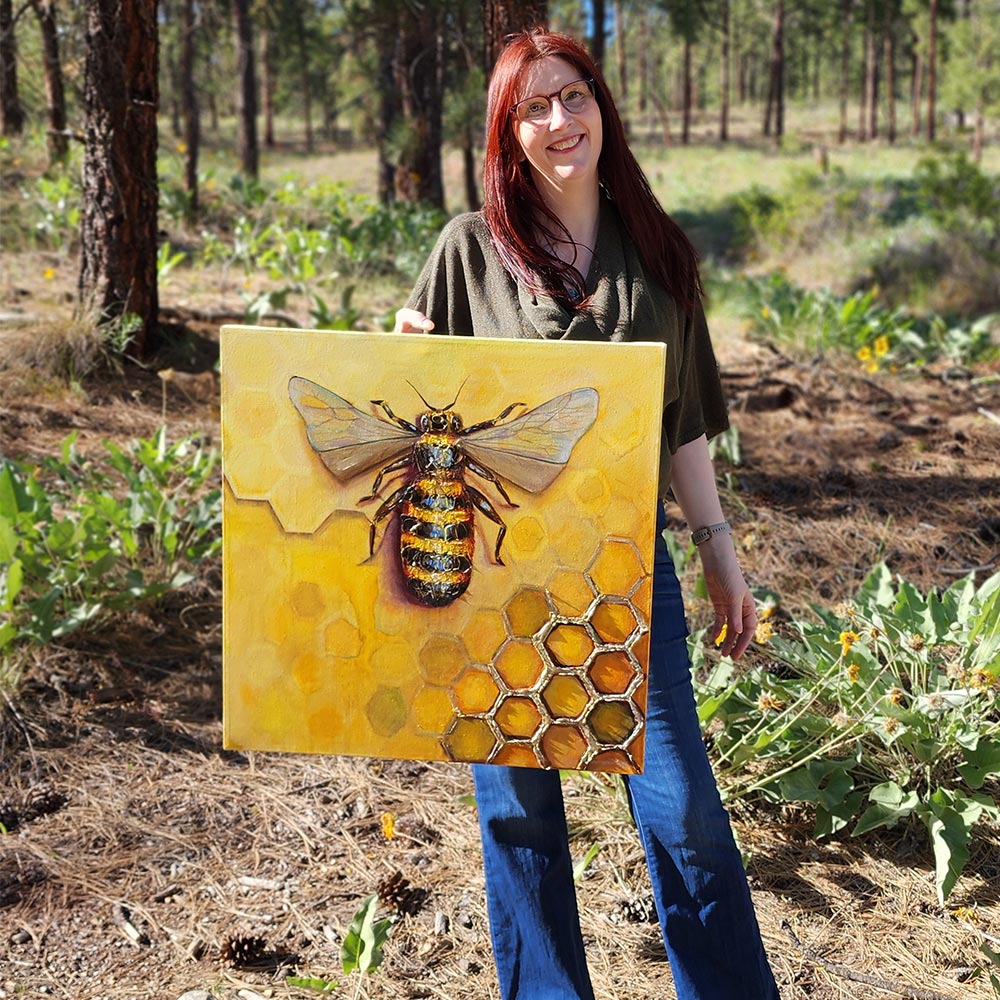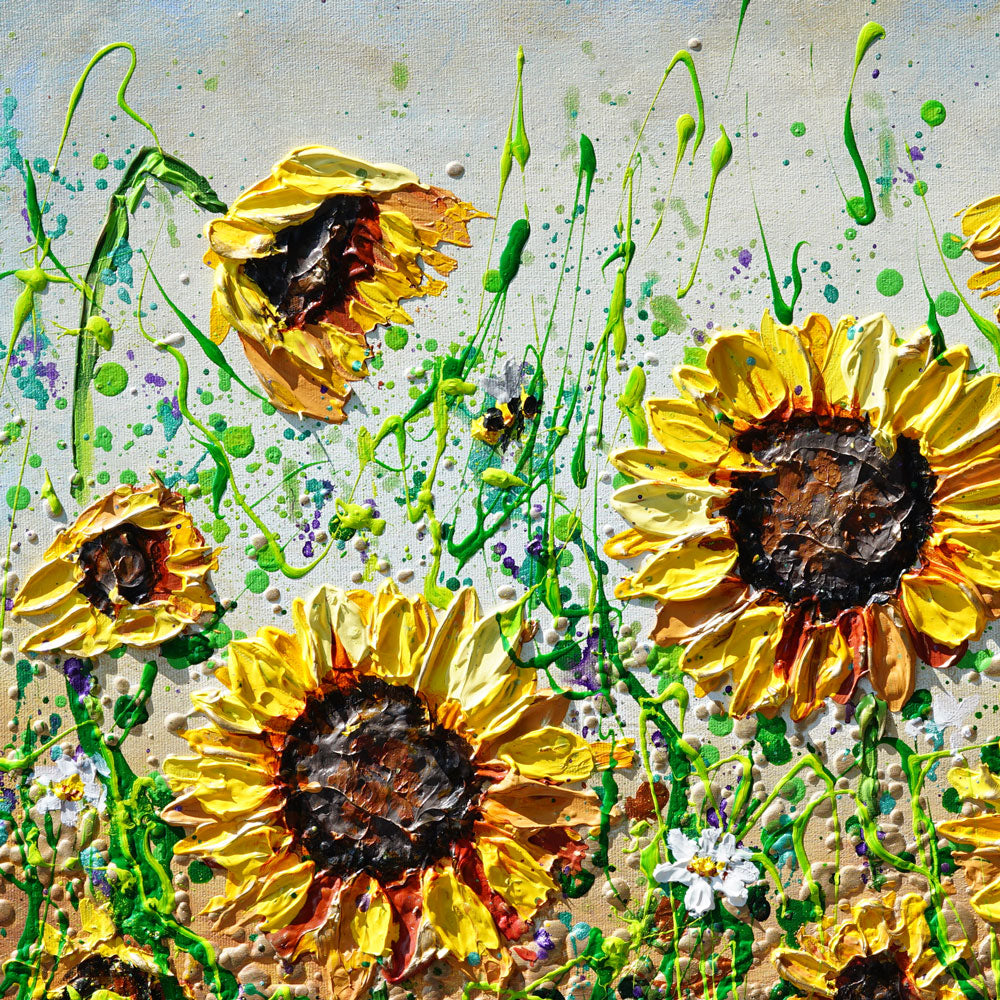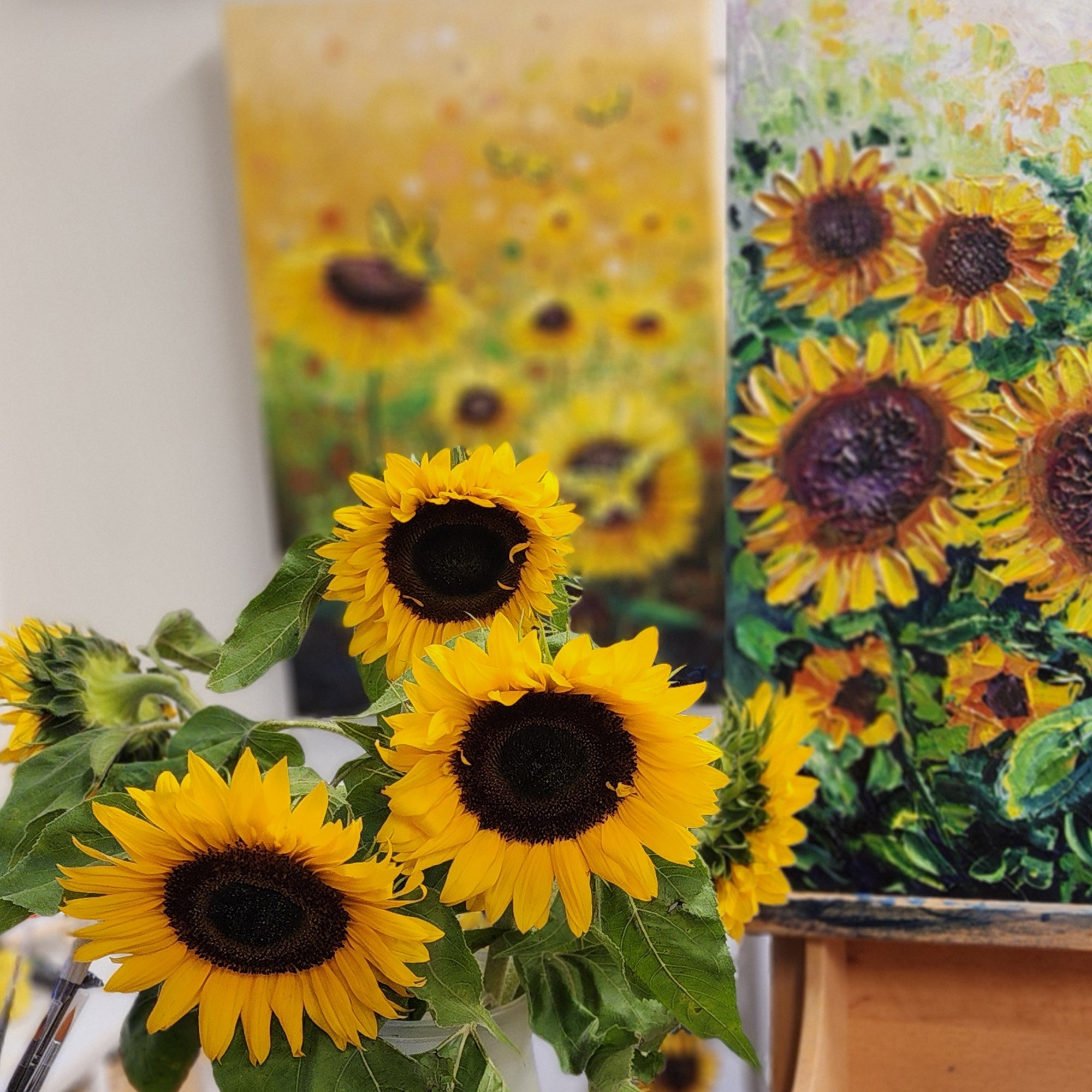
Healing Art: How Art Rewires Our Biology for Mental Health
🎨 The Healing Canvas: How Art Rewires Our Biology
Art isn’t just pretty to look at—it’s powerful medicine for your body and mind. Research shared by Susan Magsamen and Ivy Ross in Your Brain on Art shows that just 45 minutes of art-making can lower cortisol, the stress hormone, no matter your skill level. Even better? People who engage in the arts once a month have a 31% lower risk of dying early, potentially adding up to ten extra years of life.
Purple Butterfly by Amanda Dagg
✨ The Science Behind the Magic
Art speaks directly to our nervous system in ways words can’t. When we create or even just take in art:
Happy chemicals flood our bodies. Creative acts release dopamine, serotonin, oxytocin, and endorphins—neurotransmitters that help regulate mood, sleep, and stress.
Touch becomes its own therapy. Whether it’s holding hands or sculpting clay, physical connection releases oxytocin. As the authors put it:
“Touch rapidly changes our neurobiology... releasing oxytocin, [for] feelings of trust, generosity, and lowered anxiety.”
Art helps us process tough stuff. Expressive writing, drawing, or other creative outlets can bypass mental roadblocks. In fact, trauma survivors who used arts therapies had 37% fewer doctor visits than those who didn’t. As they write:
“The arts can be a softened way of leaning into the hardened places of trauma; they unarm you.”
🖌️ Art as Everyday Therapy
You don’t have to be an artist to get the benefits. Even 20 minutes of doodling or humming can shift your body out of fight-or-flight mode and into rest-and-digest calm. Rhythmic activities like knitting or drumming boost mood-regulating chemicals, and structured activities like colouring mandalas reduce anxiety more effectively than free-form drawing.
🌿 We’re Wired for Art
We’re literally designed for this. As Magsamen and Ross explain, sensory-rich experiences—from vibrant colors in nature to singing with others—activate neuroplasticity, helping our brains rebuild pathways worn down by stress or illness.
“We are literally wired for art.”
And it’s not just poetic language: enriched environments filled with sensory stimuli (like art) can increase cortical thickness by up to 6% in animal studies—a sign of enhanced brain resilience.
❤️ Bring Healing Art into Your Life
Art heals because it speaks the body’s primal language—sensation, rhythm, and symbol—turning pain into poetry and isolation into connection.
Suppose you’re looking to bring this healing power into your own space. In that case, I invite you to explore my collection of original paintings—each created with the intention to inspire calm, wonder, and reflection.
📚 A Personal Note on the Book
I read Your Brain on Art when it first came out, and it felt like a validation of something I’ve always believed. As a teenager, I loved science just as much as art, but my career advisor—and the general consensus—was that you couldn’t be good at both. You had to choose one. I never understood that. This book was so exciting because it bridges those worlds beautifully. It’s full of research but still very accessible, showing how creativity and biology are deeply connected. If you’re curious about the science behind why art heals, I highly recommend it.
Further reading: "Your Brain on Art" (Susan Magsamen & Ivy Ross, 2023) delves deep into this science with real-world stories, from music helping dementia patients to museums prescribing art to combat loneliness.
Keywords: healing art, art for mental health, therapeutic art, stress reduction through art, art and neuroplasticity, art and well-being






